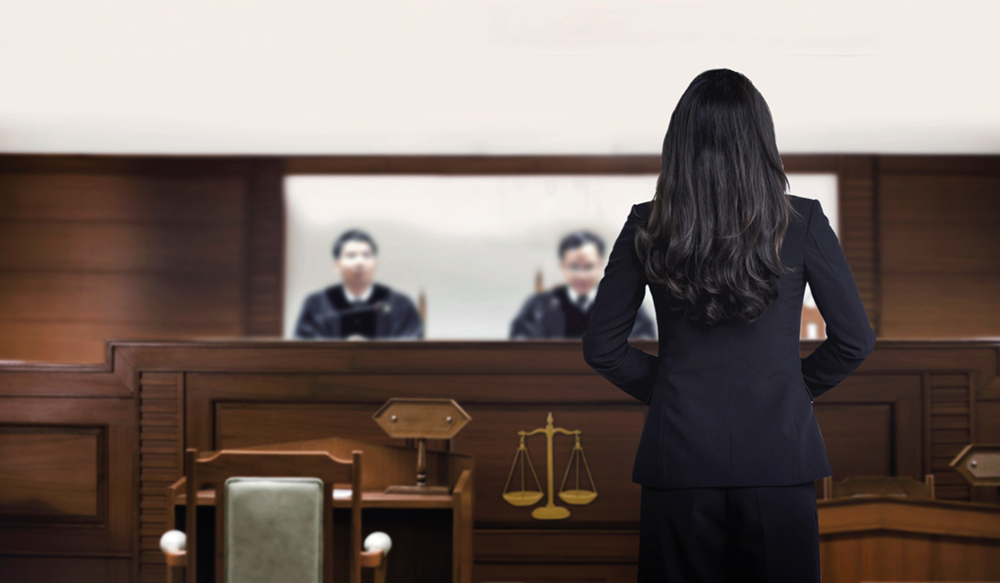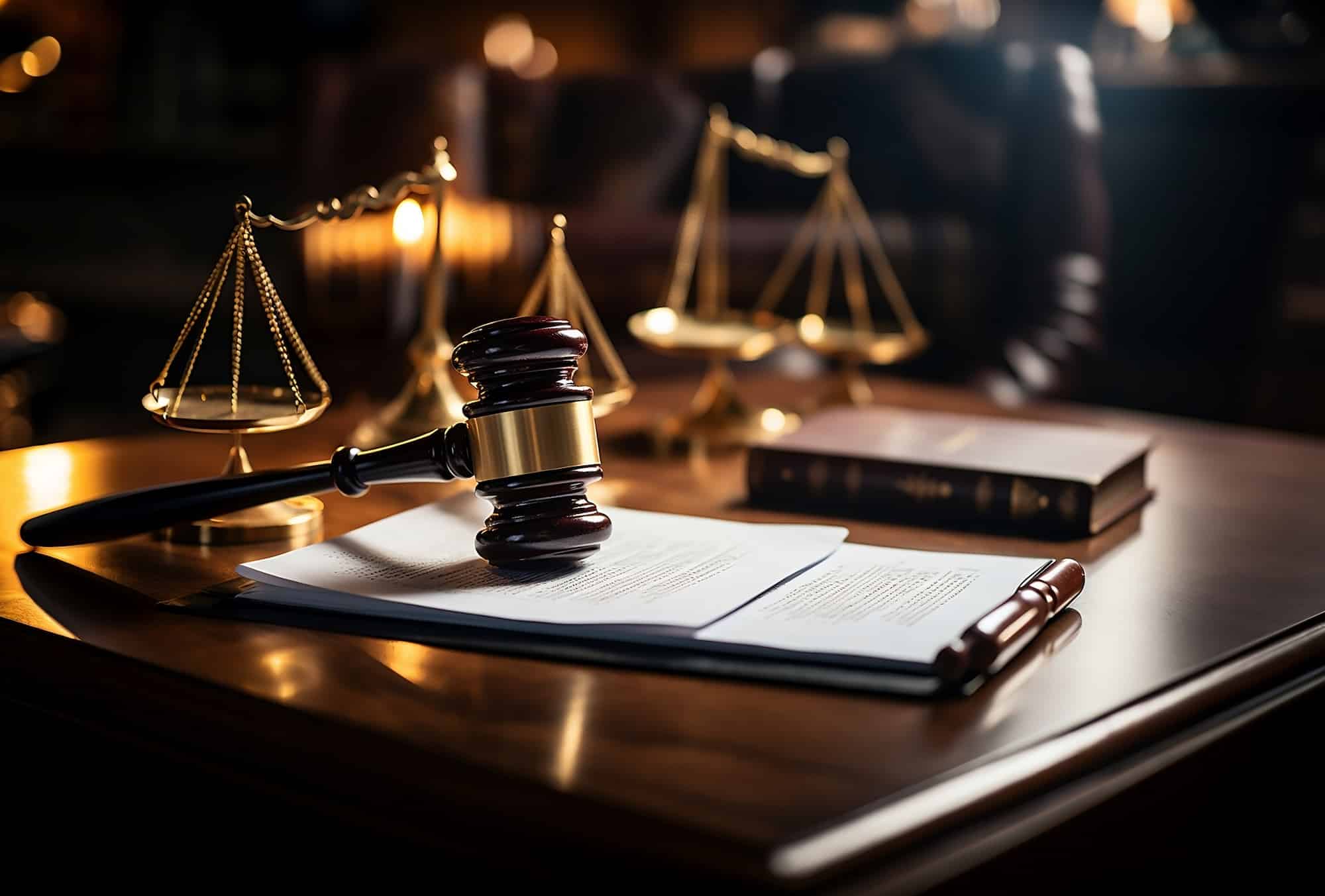From Concept to Courtroom: Actions to Develop Effective and Persuading Trial Presentations
Navigating the Intricacies of Test Presentations: Tips for Seamless Delivery and Engaging Arguments
In the realm of legal procedures, the art of test discussion stands as a critical determinant of success. The complexities intrinsic in test discussions call for a fragile equilibrium of skill, finesse, and technique.

Comprehending Test Purposes
To effectively navigate a trial, it is vital to have a clear understanding of the objectives that need to be accomplished. Before tipping right into the court room, legal teams should define their objectives and wanted end results. These purposes act as guiding principles throughout the trial, shaping methods and affecting decision-making procedures.
Recognizing test purposes entails a comprehensive analysis of the case, legal precedents, and the client's benefits. Trial Presentations. It calls for a meticulous evaluation of the truths, recognizing vital concerns, and preparing for possible obstacles. By establishing quantifiable and certain goals, attorneys can tailor their discussions and disagreements to line up with the preferred results
Moreover, a clear grip of test goals allows legal groups to focus on evidence, witnesses, and legal arguments successfully. It enables for the advancement of a coherent story that reverberates with the judge and jury, reinforcing the general case discussion.

Organizing Evidence Effectively
Having a clear understanding of trial purposes lays the structure for organizing evidence properly in lawful procedures - Trial Presentations. By aligning the presentation of proof with the preferred outcomes of the test, lawful teams can strengthen their debates and improve their persuasiveness. One important aspect of arranging proof is categorization. Organizing proof based on motifs or significance to particular lawful aspects can help simplify the discussion and make complex details a lot more digestible for the court or jury.
Another crucial element in arranging evidence successfully is establishing a sensible flow. Providing evidence in a meaningful and consecutive manner can assist build a compelling story that supports the legal debates being made. Additionally, making use of visual aids such as timelines, graphs, or graphes can even more improve the company of evidence and help in making clear complex connections or series of occasions.
Additionally, making sure that all proof presented is pertinent and admissible to the situation is necessary. Inadmissible or unimportant evidence can interfere with the toughness of the debate and potentially harm the trustworthiness of the here and now event. Therefore, a precise evaluation and option procedure need to be taken on to include just the most lawfully sound and impactful evidence in the trial presentation.
Crafting Influential Stories
Crafting engaging stories plays a crucial duty in presenting persuasive arguments throughout lawful proceedings. A well-crafted story has the power to astound the audience, stimulate feelings, and ultimately persuade the decision in support of today event. When constructing a narrative for a trial discussion, it is vital to develop a clear storyline that highlights bottom lines and connects them in a meaningful manner. Begin by outlining the facts of the instance in an engaging manner, ensuring that the sequence of events is easy to adhere to. Present personalities successfully, giving history info that helps the audience recognize their actions and motivations. In addition, including brilliant descriptions and engaging language can bring the story to life, making it extra unforgettable for the judge and jury. By weaving with each other evidence, testimony, and lawful disagreements into a cohesive and influential story, attorneys can properly promote for their clients and raise the chance of a positive outcome in More Bonuses the court room.
Mastering Visual Help
Effective use aesthetic help is essential to improving the influence and clarity of trial discussions. Visual aids, when used purposefully, have the power to simplify complicated info, enhance bottom lines, and leave an enduring impact on the judge and jury. To grasp aesthetic help in test presentations, it is important to make certain that they are clear, succinct, and click over here relevant to the arguments being made.
When integrating aesthetic help, such as graphes, photos, charts, or timelines, right into a test discussion, it is crucial to keep them visually appealing yet professional. The visuals should complement the verbal arguments, offering a visual representation of the information being talked about without overwhelming the audience with unnecessary details.
Moreover, practicing with the aesthetic help ahead of time is important to guarantee a seamless delivery during the test. Acquainting oneself with the web content, shifts, and timings of each visual aid can help keep the circulation of the discussion and stop technical glitches that might emerge.
Supplying Impactful Closing Disagreements
A compelling closing argument acts as the end result of a test presentation, encapsulating the core story and convincing the discretionary in the direction of a positive decision. To deliver an impactful closing debate, it is vital to succinctly evaluate bottom lines, highlight the strengths of your instance, and attend to any weaknesses in a calculated way. Begin by describing the main debates that support your customer's setting, emphasizing why the proof presented throughout the test supports your story. It is necessary to create a feeling of communication and quality, guiding the discretionary in the direction of the preferred conclusion.
Moreover, incorporating emotional charm can additionally reinforce your closing debate. Inevitably, a well-crafted closing debate should leave a long lasting perception, compelling the judge and jury to rule in your client's favor.
Conclusion
To conclude, grasping trial presentations includes comprehending goals, organizing evidence, crafting narratives, utilizing visual aids, and delivering impactful closing debates. By implementing these strategies effectively, legal representatives can offer their instance flawlessly and make engaging disagreements in the court. It is vital to navigate the complexities of trial discussions with accuracy and skill to achieve success in legal process.
By straightening the discussion of evidence with the desired end results of the test, legal teams can reinforce their debates and improve their persuasiveness (Trial Presentations). To master pop over here visual help in trial presentations, it is crucial to make certain that they are clear, succinct, and relevant to the arguments being made
An engaging closing disagreement serves as the end result of a trial presentation, enveloping the core narrative and encouraging the court and jury in the direction of a beneficial decision. Begin by laying out the primary arguments that support your customer's setting, emphasizing why the proof presented throughout the test supports your story.In final thought, mastering test presentations includes understanding purposes, organizing proof, crafting narratives, making use of visual help, and delivering impactful closing debates.